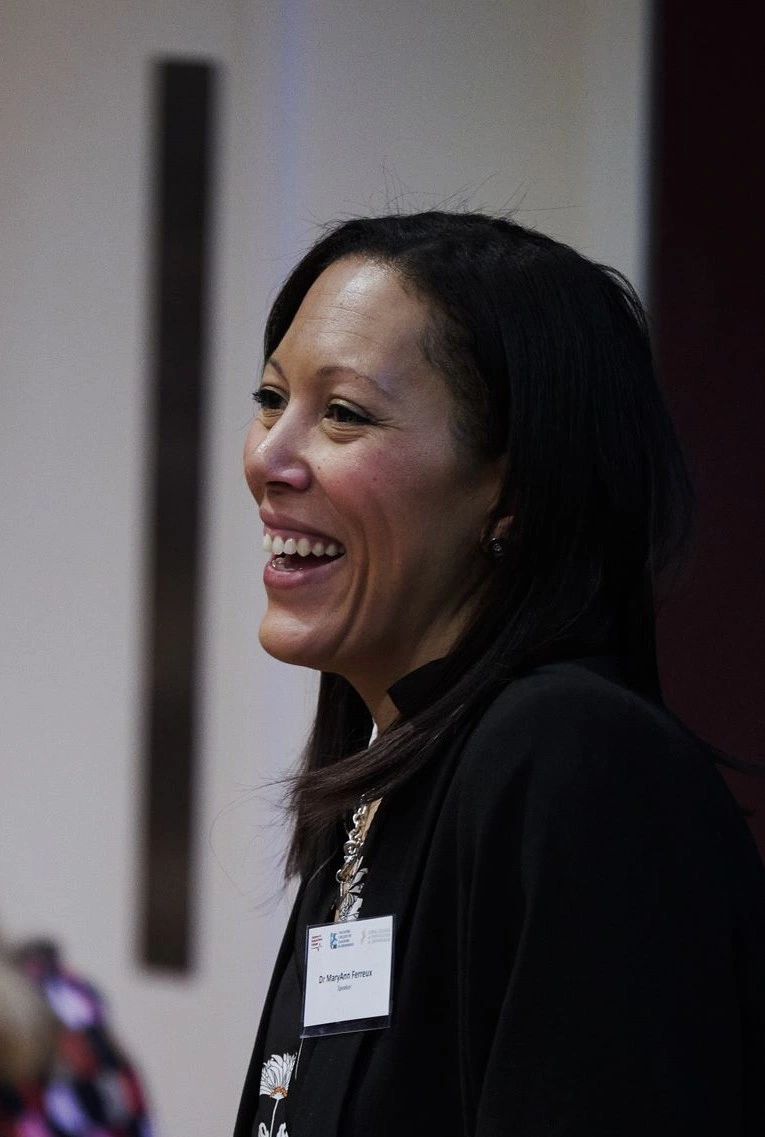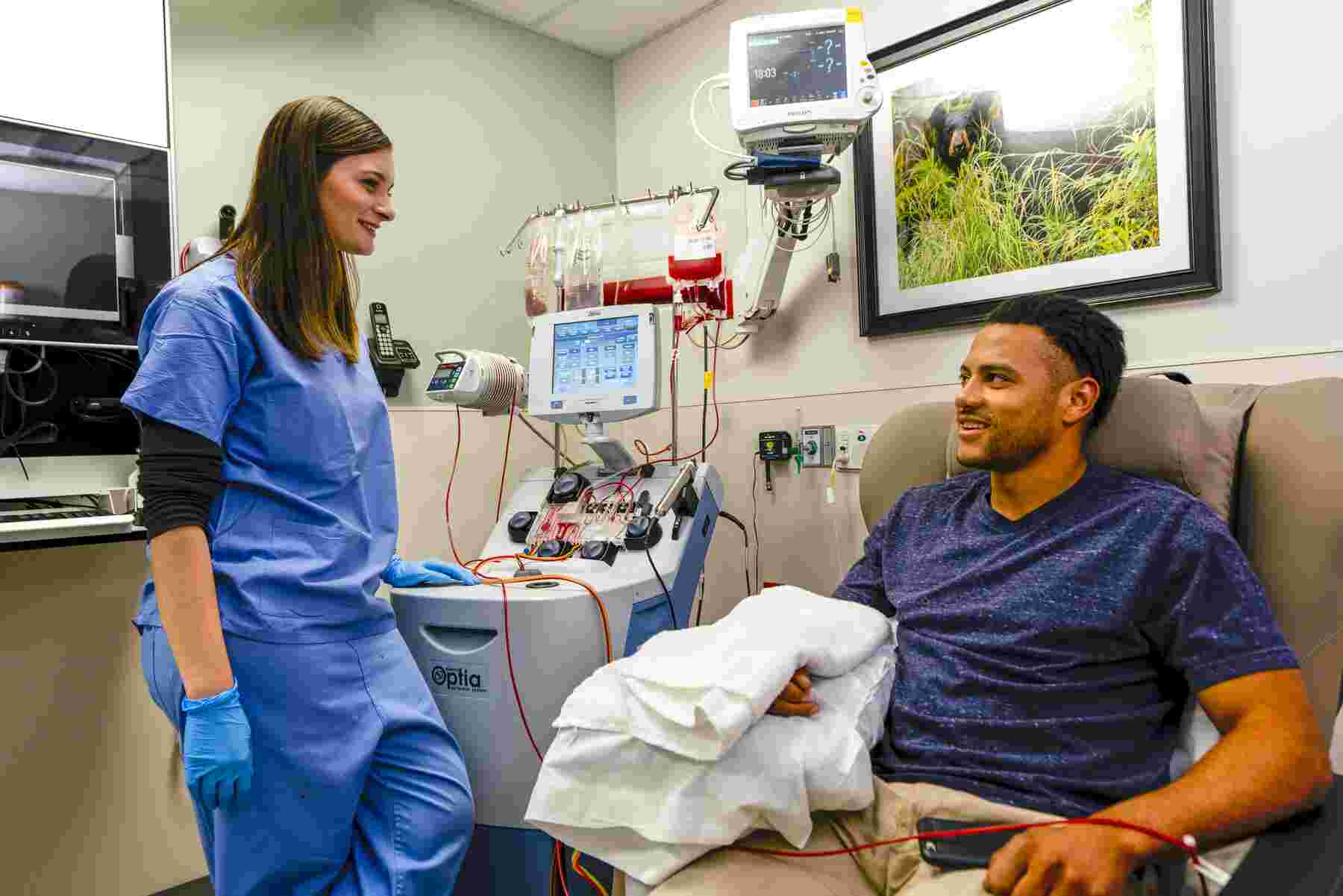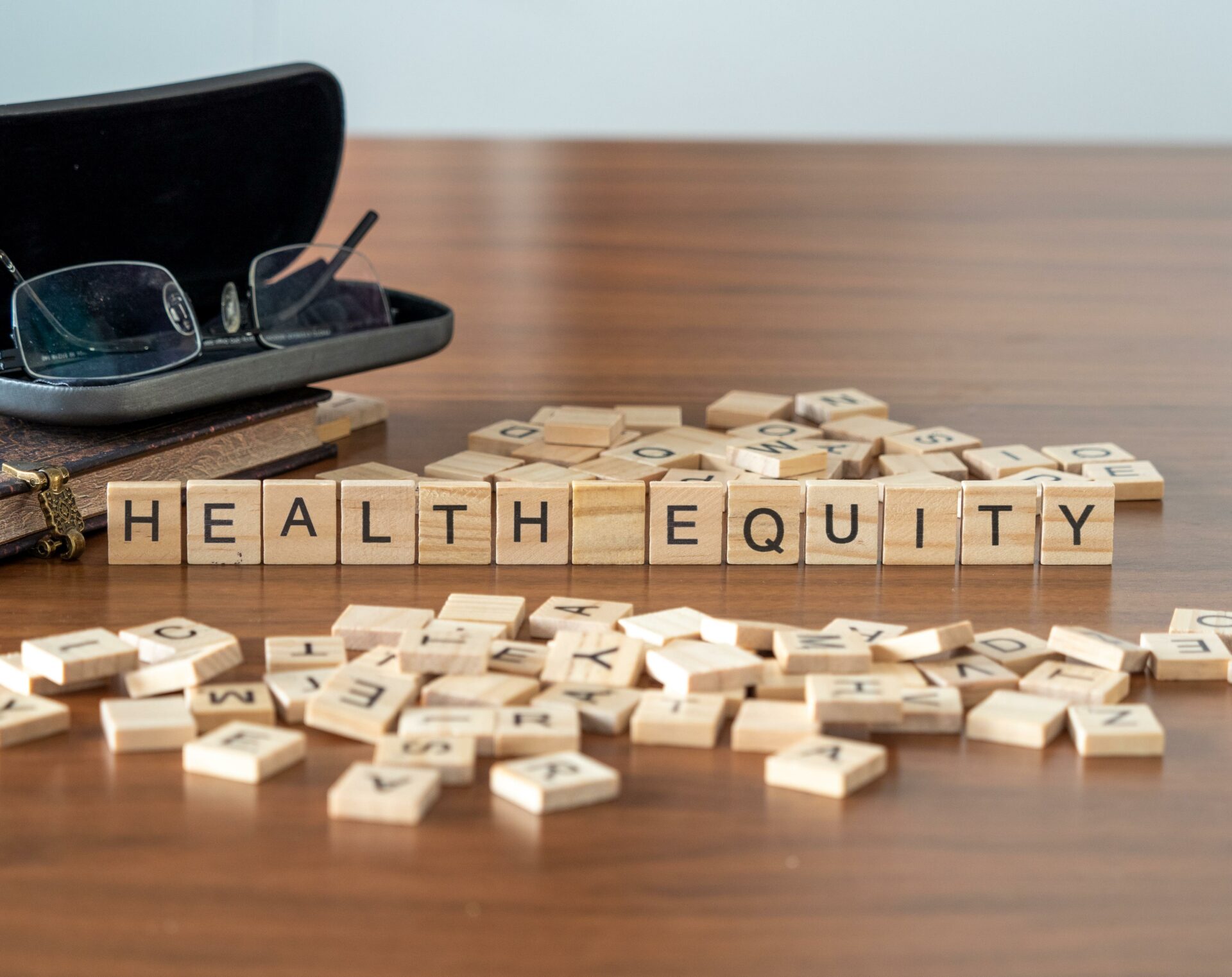With more LGBT+ high-profile role models, diversity groups in the workplaces, and education in schools, you’d be forgiven for thinking that LGBT+ communities no longer face issues. This isn’t the case – they still face significant barriers with stigma, discrimination, harassment and bullying, and with their health. The LGBT+ community is disproportionately affected by ill health, social pressures and healthcare inequalities.
As a group of innovation organisations, the AHSN Network supports the development and adoption of healthcare innovation and technology to improve health and social care services, and this includes reducing health inequalities. Our NHS should reflect the people in our society and help them based on their individual needs.
We are both active members of the AHSN Network’s national Diversity Group, which aims to raise awareness and share learning across the 15 individual AHSNs. As we both feel strongly about addressing the inequalities facing the LGBT+ community, we got involved with this project to explore how innovation might form part of the solution.
Our personal experiences have fuelled our drive to take this forward. Vanesther’s teenage son is transgender and has encountered significant bias, prejudice and ignorance within the healthcare system, as well as challenges in accessing advice, support and services. Elias is passionate about how innovation be used to tackle health inequalities and has worked closely with innovators to reach out to under-served groups.
We cannot speak on behalf of all LGBT+ people but we aim to give the community a voice. We understand some of the complexities of the problems facing the community, how under-resourced and marginalised LGBT+ specialised services tend to be, and how reliant many people are on support from charity, voluntary and grassroots organisations.
Gathering evidence
In partnership with LGBT Foundation, a national charity delivering advice, support and information services to LGBT communities, we produced a compilation of evidence of LGBT+ health inequalities. Our literature review revealed a bleak picture including unconscious bias and assumptions with fertility services and a lack of health services available to young trans people, through to increased likelihood of drug and alcohol use and mental health crises. We found that the full healthcare spectrum is more acute and severe for LGBT+ people.
This activity built on initial work by LGBT Foundation in their Hidden Figures research report on LGBT+ health inequalities published in February 2020, and their follow-up report in May 2020 on the impact of Covid-19 on LGBT+ people.
The compilation of evidence makes for difficult reading and demonstrates that LGBT+ people are disproportionately affected by both ill health and social pressures that are wide and varied. The main themes that emerged are:
- Poor mental health
- Fertility and parenting
- Services for young people
- Services for older people
- Alcohol, smoking and drug use
- Physical health and long-term conditions
- Sexual health
- Barriers to access healthcare services
- Intersectionality – for example, the combined impact of being LGBT+ and disabled and/or Black, Asian or minority ethnic.
The coronavirus (Covid-19) pandemic has further exposed these deep-rooted inequalities and has demonstrated that they can have horrendous and even fatal consequences.
The call for innovations
To explore whether any innovations are already addressing the health inequalities highlighted, we launched a nationwide call for innovations, either already in use or in development. We were looking for medical technologies and devices, digital health (such as apps and platforms), new or improved services, processes, pathways and models of care, and training and education programmes.
The aim was to identify ground-breaking and inspiring examples of work in this area to showcase best practice and encourage the spread of innovation across health and care services.
The call received 39 applications, 25 of which were put forward for further consideration. These mainly centred around training and awareness-raising programmes, pilot projects for new delivery of LGBT+ services, and research into how services could be better in the future.
However, rather than providing a ready-made showcase of examples of best practice, the applications shone a spotlight on the challenges faced by innovators and service providers trying to tackle LGBT+ health inequalities. Many were still at a very early stage and only a few of the pilots had completed evaluations, with meaningful engagement or co-creation with LGBT+ communities varying massively.
In short, the call for innovations presented more issues to consider:
- There is a lack of clarity and consistency in how innovators can get services commissioned. Innovators are keen to understand what kind of evaluation/evidence is needed by commissioners and where evaluation resources might come from.
- Some submissions described a lack of consensus about how to interpret the findings of pilots, measure their success and agree on the next steps. There were disagreements in approaches and priorities between LGBT+ service users, health care professionals and commissioners.
- Many applicants to the call were struggling to find funding for their work. Some had to secure money from several different pots and others were uncertain about where future funding would be coming from.
- Some submissions provided positive examples of how to meaningfully involve LGBT+ people in shaping and redesigning services. However, they also illustrated that this approach takes more time, resources, and commitment. Many of the other submissions needed to allocate more to this vital community engagement.
- Due to a lack of data collection and analysis, health and care services are less able to plan around the identified needs of LGBT+ people. For instance, patient records do not always indicate if people are LGBT+.
- A strong theme arising from the submissions was the need for more general education and training of all health and care professionals (HCPs) around LGBT+ issues and inequalities.
Support for innovators
The AHSN Network is keen to support companies and health care professionals developing innovations that address the well-evidenced health inequalities faced by LGBT+ communities. As our call has highlighted, this is a challenging innovation space and so we are encouraging innovators working in this space to reach out to their local AHSN for guidance, support and signposting.
We also support the valuable work of the NHS Confederation’s Health and Care LGBTQ+ Leaders Network, a social movement comprising LGBTQ+ people and allies from a wide range of roles across health and care. The Network published a series of recommendations for leaders, service designers and commissioners to better support the specific needs of the LGBTQ+ population and workforce. In the last year they have worked with 11 pilot sites across the country to put these recommendations into action and have created an implementation framework for other healthcare organisations to follow. In our work with innovators and NHS colleagues, we will ensure we promote these recommendations and framework.
While the landscape is complicated, here are some tips for innovators that have emerged from our work:
- If you’re developing products or services for LGBT+ people, make sure you’re engaging and co-designing with LGBT+ people from day one. There are many organisations such as LGBT Foundation, both nationally and locally, who will be happy to work with you or point you in the right direction.
- Do you have a clear value proposition? Think about what you are offering and its value to the health and care system. Do you understand the clinical need for your product? Conduct market research to understand the ‘need’ for your product on a large scale.
- Evidence and evaluation are crucial. These will allow you to understand how you can realise the expected outcomes and generate impact within health and care. Conducting a real world evaluation is crucial to understand the barriers and also enablers within the pathway in which you want to deploy your innovation. These will also support a comprehensive economic analysis to enable further scale and spread.
- Consider data collection and analysis and information governance – this varies across the NHS. What systems will your product need to interface with and could there be opportunities to improve data collection?
- Where might your innovation fit within existing NHS pathways and services? These can be complex to innovators outside the NHS and social care, but by partnering with your local AHSN we can help you to understand and navigate these.
- Innovators should always plan their funding cycles ahead of their financial needs. These can include applications for grants or private investment.
- Consider joining an NHS Insights briefing to understand what stage you are at, any gaps you have, and what is needed for NHS adoption and procurement.
For help with any of the above, talk to your local AHSN for support and signposting.
By combining the expertise of LGBT Foundation, the reach of the AHSN Network and our partners, and seeking to understand the issues faced by innovators and providing solutions, we hope together to be able to continue exploring how to address the inequalities faced by the LGBT+ community.
If you have an innovation you would like to discuss, get in touch with the AHSN Network or for more information on LGBT Foundation’s work, go to lgbt.foundation
Watch a video about this work:

“Health equity is the attainment of the highest level of health for ALL people. Achieving health equity requires valuing everyone equally with focused and ongoing societal efforts to address avoidable inequalities, historical and contemporary injustices, and social determinants of health — and to eliminate disparities in health and health care.” (health.gov) Within the NHS there [...]

Sickle cell disease (SCD) is a serious and lifelong health condition. People with SCD produce unusually shaped red blood cells that can cause problems because they do not live as long as healthy blood cells and can block blood vessels. This can result in suffers experiencing painful episodes, called sickle cell crises, as well as anaemia, [...]

At the Royal Society of Medicine’s Tackling Inequalities conference it was clear from the passion in the room that great progress has been made across the system to better support some of our most under-served communities. To maintain this momentum, we must not just embed tackling health and healthcare inequalities in all that we do, [...]







